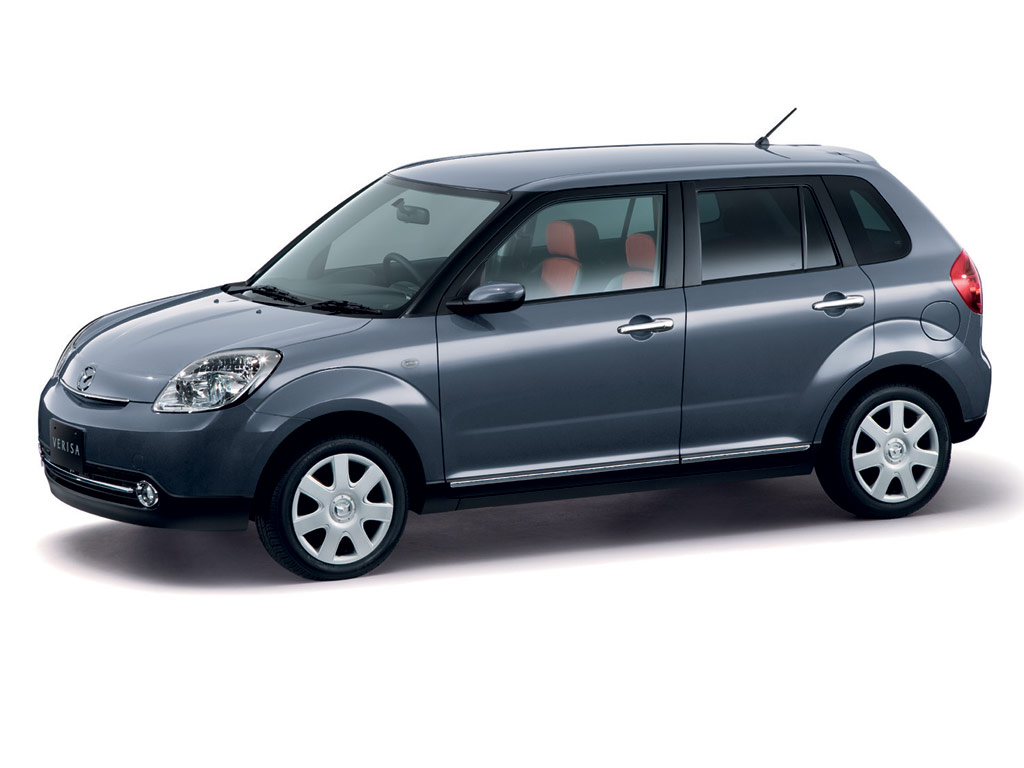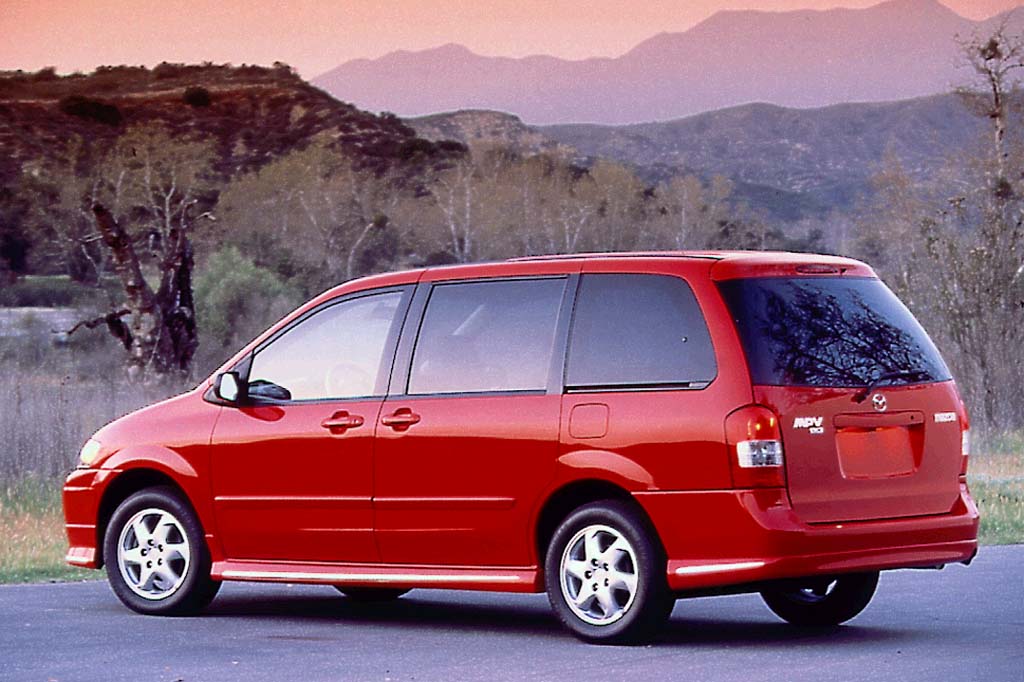

Newly designed 16- and 17-inch wheels contribute to a more distinctive appearance. There also are side skirts for a sportier look and new front and rear bumpers.

The latest MPV has revised styling, with a new grille, hood and front fender design. Entry to first- and second-row seats is easy because of a low floor - although occupants sit rather high. But side doors don't open as far as in longer minivans and thus partly inhibit third-row entry and exit. The third seat is reached by sliding the removable second-row bucket seats together via a track to form a bench seat and allow a fairly wide pass-through aisle on the side. First- and second-row seats offer good room, and the fold-away third-row seat area is fairly roomy, although the third seat is too stiff and flat for long trips. There's only one body length, making the seven-passenger MPV approximately as long as regular-length Chevrolet Venture and Dodge Caravan minivans. The ES adds such items as leather upholstery and a power driver's seat.

The LX is pretty well equipped, with such items as power windows, mirrors and doors and even front and rear air conditioning. The 2004 MPV comes as the entry $23,260 LX and higher-line $28,230 ES. It remained narrower and shorter than most minivans for a nearly car-like driving experience. Minor restyling and an improved suspension also made the MPV more appealing. The new MPV had front-drive and dual sliding doors, along with a third-row bench seat that deftly folded into the floor.Īlas, the 2000 MPV still was underpowered because its 155-horsepower V-6 was replaced by a 170-horsepower V-6, which still needed more power.įord controls Mazda, and thus the 2002 MPV got a Ford-supplied 200-horsepower V-6, besides a new five-speed automatic transmission. Sales remained lukewarm, so Mazda redesigned the MPV for 2000, generally using the hot Honda Odyssey minivan as a template and copying some of its styling and design features. Mazda kept plugging away with the MPV, ditching the four-cylinder engine in 1992 and giving the MPV a removable third-row seat in 1996. (An automatic transmission was optional.)
#2004 mazda mpv manual
It came with a standard manual gearbox, which few minivan buyers wanted. It also didn't help that the MPV had underpowered four-cylinder and V-6 engines. The first-generation MPV was thus ahead of its time, but that didn't help sales. What do many of the current crossover vehicles such as the Chrysler Pacifica and Pontiac Vibe have? Right - they've got a convenient size, roomy interior, swing-out rear doors and four-wheel drive availability. It also offered optional all-wheel drive, which few minivan buyers wanted. They expected a typical minivan's front-wheel drive and sliding side doors, but the MPV had rear swing-out doors and rear-wheel drive. Nobody had thought up the "crossover vehicle'' description then, so the conveniently sized MPV seemed peculiar to many minivan buyers. Mazda's first-generation MPV minivan arrived for 1989 as one of the first "crossover'' vehicles because it drove like a car but had a compact minivan's roominess.


 0 kommentar(er)
0 kommentar(er)
